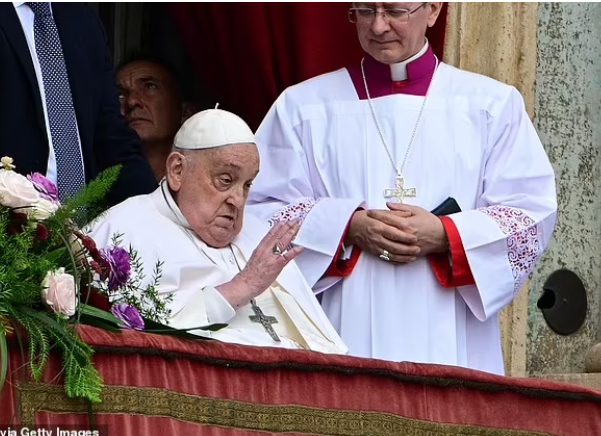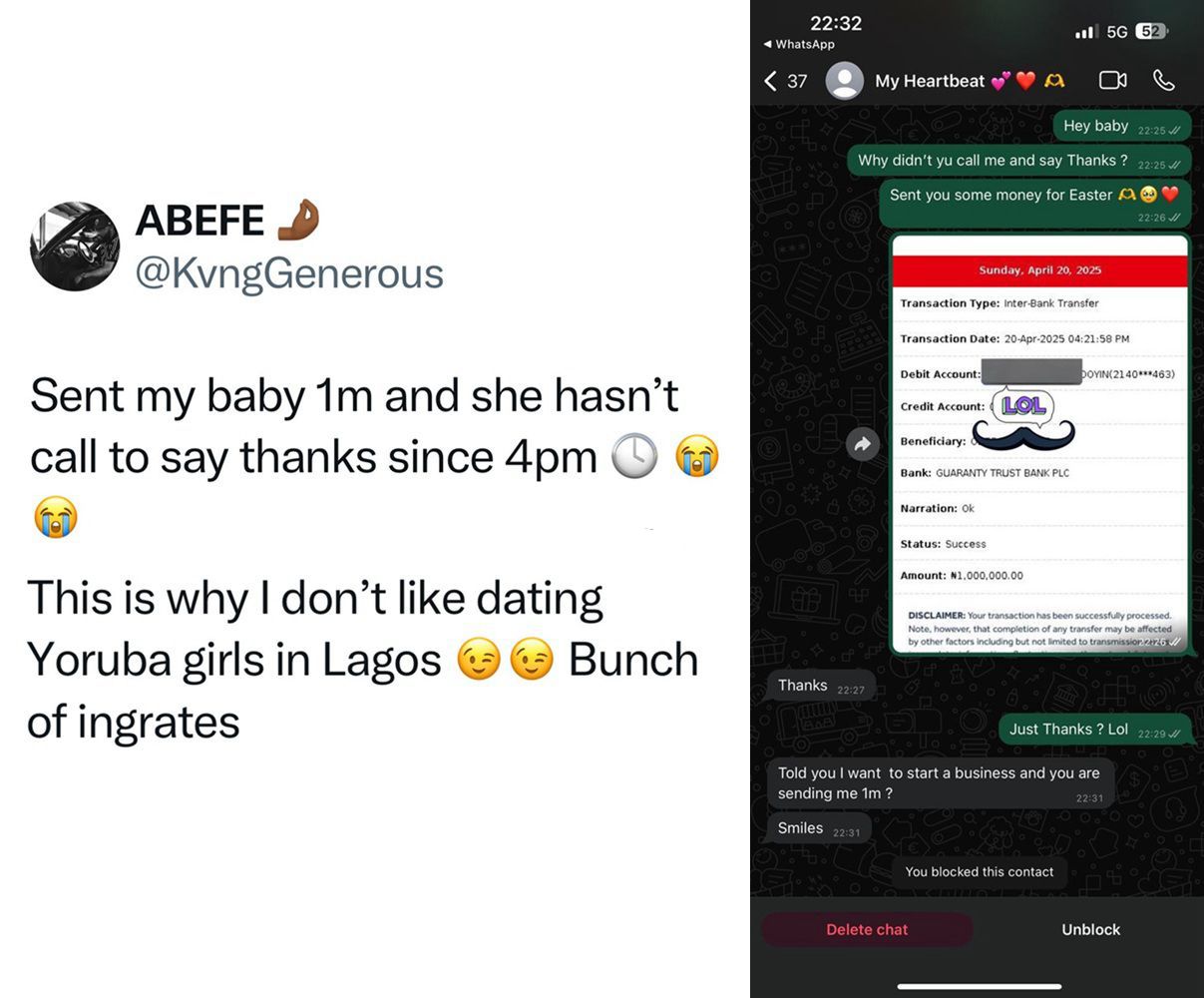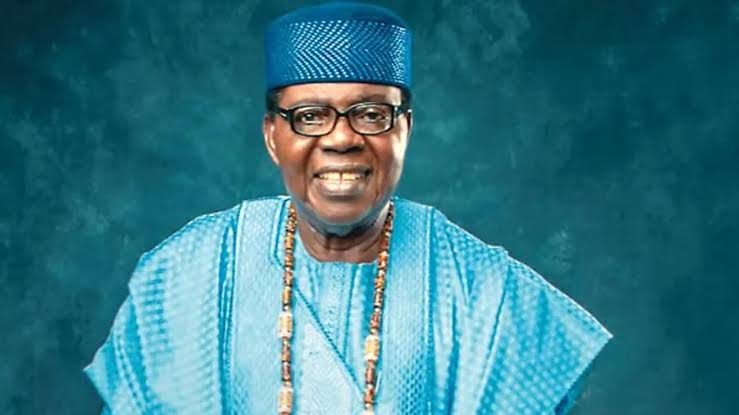
“He Died a Servant of the Cross” — Pope Francis' Final Days and Cause of Death Revealed by Italian Media

In a moment of sorrow reverberating around the globe, Pope Francis has passed away at the age of 88, with Italian media reporting the cause of death as a cerebral haemorrhage—likely a stroke—unrelated to the respiratory challenges and pneumonia that had plagued him earlier this year. His passing on Easter Monday marks the end of a papacy defined by humility, compassion, and unrelenting service to humanity.
According to reports from La Repubblica and La Stampa, the cerebral haemorrhage occurred suddenly and without immediate connection to the respiratory crisis that had required an extended hospital stay in February. Despite his frailty and chronic health issues, including a partial lung removal in his youth, Pope Francis had continued to perform his papal duties with unwavering dedication, even making public appearances in the final week of his life.
The Vatican officially confirmed his passing, describing it as peaceful. “He died serving,” a Vatican official stated somberly, highlighting the pontiff’s tireless work ethic and personal resolve. His last public appearance came just a day before his death, on Easter Sunday, where he stood before a sea of the faithful in St. Peter’s Square and offered his traditional blessing—his voice calm, though weakened, his presence still deeply impactful.
Observers had hoped this appearance signaled a turn in his health, especially as he was seen without the nasal cannula that had been assisting his breathing. However, his doctors, aware of the fragile balance, had earlier warned that he required no less than two months of complete rest. The Pope, ever resistant to idleness, defied their advice. In his final days, he surprised many with brief visits to St. Peter’s Basilica, gestures that revealed his desire to remain close to his flock.
Medical professionals caring for the pontiff revealed that during his February hospitalization, he had suffered through two critical episodes in which his life was at severe risk. Still, the Pope seemed determined to defy the odds. His spiritual and physical strength astonished many, particularly given his 38-day stay at the Gemelli Hospital—the longest of his 12-year papacy.
Despite the decline in his health, Pope Francis showed no intention of slowing down. Just months prior, in September 2024, he had embarked on a demanding 12-day tour across Southeast Asia and Oceania, with stops in Indonesia, Papua New Guinea, and Singapore. His presence brought comfort and inspiration to millions, affirming his commitment to reaching even the most distant corners of the Catholic world.
Those closest to him say he bore his health battles with grace. “He was aware of his mortality, but never afraid of it,” said one cardinal who had been a regular visitor in the days leading up to his passing. The Pope himself had recently stated he was “living it as best” as he could, in a quiet nod to the end that he seemed to sense drawing near.
From humble beginnings in Buenos Aires, Argentina, Jorge Mario Bergoglio rose to become one of the most beloved and transformative Popes of the modern era. Elected in 2013 following the resignation of Pope Benedict XVI, Francis was the first Jesuit and the first from the Americas to ascend to the papacy. His tenure was marked by bold stances on climate change, economic inequality, and interfaith dialogue. He was a champion for the marginalized and an outspoken critic of war and greed.
Though conservative elements of the Church often pushed back against his progressive teachings, Pope Francis never wavered. His legacy, many say, lies in his insistence on a “Church of the poor, for the poor,” as he once declared during a homily. He often eschewed the lavish papal apartments for simpler quarters and refused the luxury of limousines in favor of modest vehicles.
In the hours following the announcement of his death, tributes poured in from world leaders, religious figures, and millions of Catholics and non-Catholics alike. The President of Italy called him “a moral compass not just for our nation, but for the world.” The Archbishop of Canterbury said he “inspired a generation with his kindness and courage.” US President Joe Biden, a devout Catholic himself, described him as “a man of profound faith who lived the Gospel daily.”
Social media platforms have been flooded with memories, prayers, and tears. At the Vatican, thousands have gathered in St. Peter’s Square, many clutching rosaries and candles, others sitting silently in reflection. “He felt like a father to the world,” said one tearful pilgrim who had traveled from Brazil to witness the Pope’s Easter blessing, unaware it would be his last.
Funeral arrangements are now underway, with Vatican sources indicating that a formal announcement will be made in the coming days. A period of official mourning has begun, and cardinals from across the globe are expected to travel to Rome for what will surely be one of the most significant papal funerals in recent history.
As the Church begins to look to the future and the process of electing a new pontiff, many are still trying to process the loss. For millions, Pope Francis wasn’t just a religious figurehead—he was a symbol of hope, a voice for justice, and a quiet warrior for peace.
In his final days, Francis embodied what he had preached throughout his life: humility, service, and unwavering faith. He died not in grandeur, but in grace—a servant of the cross until the very end. The world may have lost a Pope, but his message will echo for generations to come.


